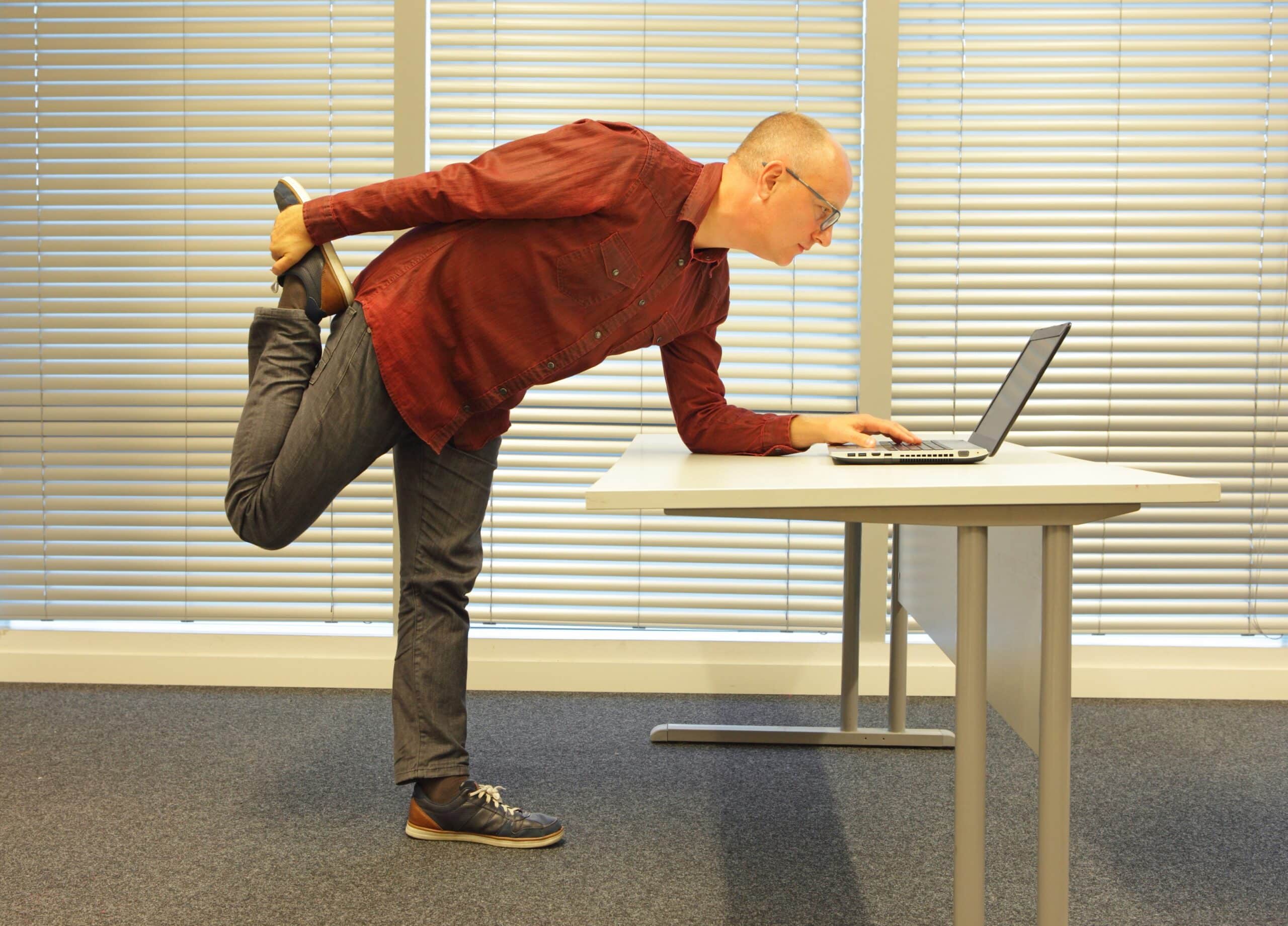Varicose Veins
Varicose veins(1) occur when the one-way valves inside the veins weaken or fail. According to a Vein specialist in Orlando(2), “When these valves malfunction, blood pools in the veins, resulting in a buildup of pressure that weakens their walls causing them to bulge.” Symptoms of varicose veins may include:
– Pain
– Heaviness
– Aching in the affected area
Varicose veins commonly affect the legs, especially in sedentary individuals. In severe cases, complications may arise, highlighting the importance of addressing this condition promptly.
The Connection Between Sedentary Jobs and Varicose Veins
Sedentary jobs(3) can harm vascular health due to prolonged sitting, which hampers blood circulation. When we sit for extended periods, blood flow slows down, leading to poor circulation in the legs. Additionally, the lack of movement reduces muscle contraction, which otherwise helps pump blood back to the heart.
Moreover, improper posture(4) can exacerbate the risk of varicose veins. Keeping the legs bent for prolonged periods can hinder blood flow and contribute to the development of varicose veins.
Tips for Relief:
The following tips can help you prevent and manage the symptoms of varicose veins:
Regular Exercise and Movement
Incorporating regular physical activity(5) into your routine can significantly improve circulation. Simple activities can promote blood flow and reduce the risk of varicose veins. Some great exercises to boost circulation are the following:
– Walking
– Jogging
– Cycling
Simple Desk Exercises
Performing simple leg exercises while sitting at your desk can help keep the blood moving. While sitting, try to perform the following movements to maintain adequate blood circulation:
– Ankle circles
– Leg lifts
– Calf raises
Elevating the Legs
Elevating your legs above heart level for a few minutes can assist in reducing swelling and easing discomfort.
Compression Stockings
Compression stockings(6) provide gentle pressure on the legs. These garments are designed to help improve blood flow and alleviate symptoms of varicose veins.
Avoiding Tight Clothing
Wearing tight clothes around the waist, groin, or legs can impede blood flow and worsen varicose veins.
Improving Workspace Ergonomics
An ergonomic workstation can significantly reduce the risk of developing varicose veins. Consider the following adjustments:
Choosing the Right Chair and Desk Height
An adjustable chair and desk height will allow you to maintain proper posture. This will ensure good blood circulation.
Using a Footrest
A footrest can help elevate your feet slightly while sitting, relieving pressure on the legs.
Proper Placement of Computer and Peripherals
Place your computer screen at eye level to avoid tilting your head downwards for extended periods, which can hinder blood flow.
Taking Breaks and Stretching
Frequent breaks throughout the workday are essential for sedentary workers. Stand up, stretch(7), and walk around for a few minutes every hour to get the blood flowing. Here are some recommended stretching exercises:
Leg Stretch
While seated, extend one leg forward, keeping it parallel to the ground. Hold for a few seconds, then switch to the other leg.
Calf Raises
Stand up and raise yourself onto your tiptoes, then lower back down. Repeat several times.
Preventing Varicose Veins in Sedentary Jobs
Prevention is always better than cure. Consider implementing the following strategies to reduce the risk of varicose veins:
Creating a Movement-Friendly Work Environment
Encourage short breaks throughout the day, during which employees can stretch and walk around. Even brief moments of physical activity can improve blood circulation. Regular movement can alleviate the adverse effects of prolonged sitting.
Organizing Active Meetings
Rather than confining all meetings to a conference room, consider conducting some meetings as walking meetings. Walking while discussing ideas fosters a more dynamic conversation and promotes physical activity.
Conclusion
Varicose veins can be a common issue for individuals with sedentary jobs, but it doesn’t have to be a constant source of discomfort. You can find relief and improve your vascular health by incorporating movement into your daily routine. Remember to stretch regularly and seek medical advice if needed. Prioritizing your well-being can lead to a more comfortable and productive work experience.




